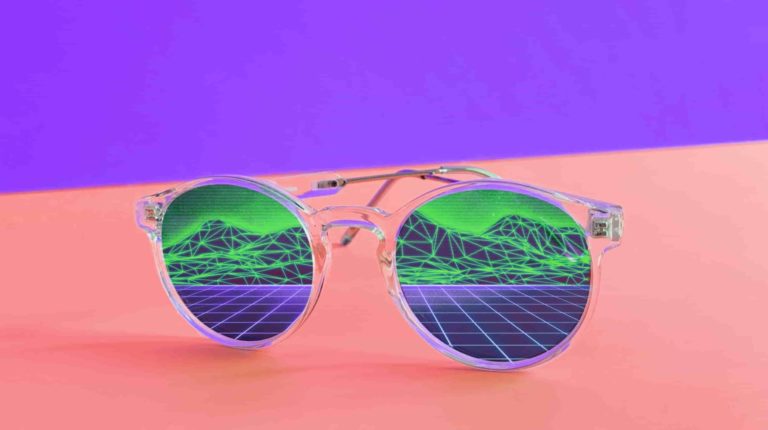
As we enter a new year, it’s time for our annual ritual of synthesizing the lessons from the past twelve months and formulating the outlook for the next twelve. This has been an action-packed year for AR & VR as the world slowly emerges from the grips of a pandemic.
Moreover, 2021 was marked by the emergence of metaverse mania. Though it has legitimate principles and promise, the term has been ambiguated through overuse. It’s also been overhyped in terms of the timing of its arrival. A fully-actualized metaverse is decades away.
Beyond the metaverse, AR and VR continue to be defined by steady progress in several areas. We’re talking mobile AR engagement & monetization; AR marketing and commerce; continued R&D in AR glasses; enterprise adoption; and the gradual march of consumer VR.
So where is spatial computing now, and where is it headed? What’s the trajectory of each of the above subsegments? This was the topic of the latest ARtillery report, Spatial Computing: 2021 Lessons; 2022 Outlook. It looks back and looks forward, including concrete predictions.
Spatial Computing: 2021 Lessons, 2022 Outlook
Metaverse Mania
After unpacking our prediction about visual search’s rise in 2022 last week, we switch gears to drill down on a separate prediction: the metaverse’s hype cycle. Specifically, the exuberance and investment around the topic will recede to some degree in 2022.
Though the metaverse is a legitimate principle with ample promise, its fully actualized arrival is years or even decades away, as noted. But you may not get that from the blue-sky metaverse musings cramming up the interweb, which frame it as inevitable and imminent.
So there are two possible outcomes: 1. We’ll be talking about the metaverse with the same frequency and intensity for the next several years until it comes true. 2. When society’s immediate gratification for these grand visions isn’t satisfied, metaverse mania will cool off.
We believe that option two will occur, as any metaverse outcomes in the next year can’t possibly live up to the hype. So the result will be disappointment in the wake of an over-promised metaverse. It won’t go away.…but you’ll see far fewer metaverse headlines in USA Today.
Put another way, the metaverse as a topic and talking point will live on in immersive tech circles, such as the AR and VR industries, while metaverse building blocks make meaningful strides. But the mainstream public discourse won’t continue at its current volume.
Hype and Hyperbole
To qualify this prediction further, the metaverse as a principle holds real promise for our connected future. However, it’s currently in the grips of a classic hype cycle: including overblown expectations, investment and attention. These are the factors that will recede.
And that’s exactly what happens in hype cycles. When we look at past tech boom/bust cycles, the technology in question didn’t go away, nor was the exuberance wrong….it was just early. That happened with eCommerce in the early 2000’s dot-com bubble.
And just like eCommerce bounced back and exceeded all of the high-flying expectations of its bubble period, it didn’t do so until several years later. And that’s what we expect to see with metaverse mania. It won’t die, but rather live on with less hype and hyperbole.
Lastly, all of the above could play out in the two main metaverse tracks. One involves online synchronous and multiplayer worlds (including VR), and the other involves digital content that adds dimension to the physical world (via AR). Both will take years to materialize.

